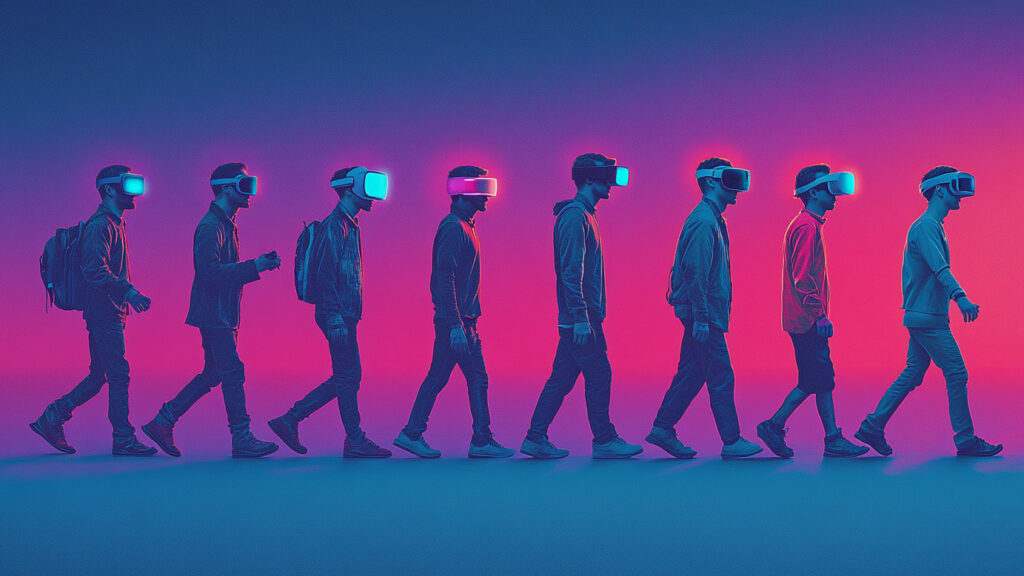While I understand this sentiment, I believe it dramatically underestimates the trajectory of wearable AR technology. The form factor challenge remains one of the biggest hurdles – unlike phones, which we tuck away in pockets, AR devices sit prominently on our faces. This creates a dramatically different adoption curve, especially considering many people have never worn glasses at all. You’re asking them to add an entirely new accessory to their daily life.
“I think AR is going to be a big thing, just only on your phone and not silly headsets.”
We’ve seen this evolution unfold across generations of devices. Google Glass represented an early, awkward attempt at AR glasses – lightweight but socially problematic. Microsoft HoloLens, which I’ve personally tested, delivers an impressive immersive experience but suffers from comfort issues and a limited field of vision. More recent entries like Snapchat Spectacles have taken steps toward fashion-friendliness, but the one-size-fits-all approach still presents significant barriers in a world where personal style matters tremendously.
The race to solve these challenges has attracted virtually every major tech player: Microsoft, ASUS, Lenovo, Sony PlayStation, Facebook, HTC, Google, AMD, Samsung, Intel, Qualcomm, Siemens, Dell, HP, and Nokia. This competitive field is driving rapid innovation toward smaller, cheaper, more stylish devices with better battery life and robust developer platforms. The winning formula will require balancing technological capability with fashion sensibility – perhaps explaining why luxury brands may ultimately lead where tech companies struggle. Would AR glasses feel different coming from Cartier rather than Qualcomm?
Looking further ahead, smart contact lenses (in development since the early 2000s) could eventually replace frames entirely, while brain-computer interfaces like those being explored by Neuralink point toward even more seamless integration. The platform that powers these experiences will persist even as the form factor evolves. While phone-based AR certainly has its place in this ecosystem, I’m convinced that the future of computing will eventually move beyond screens we hold to interfaces that augment our reality directly – we just need to solve the significant design and social barriers first.
